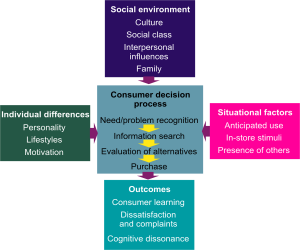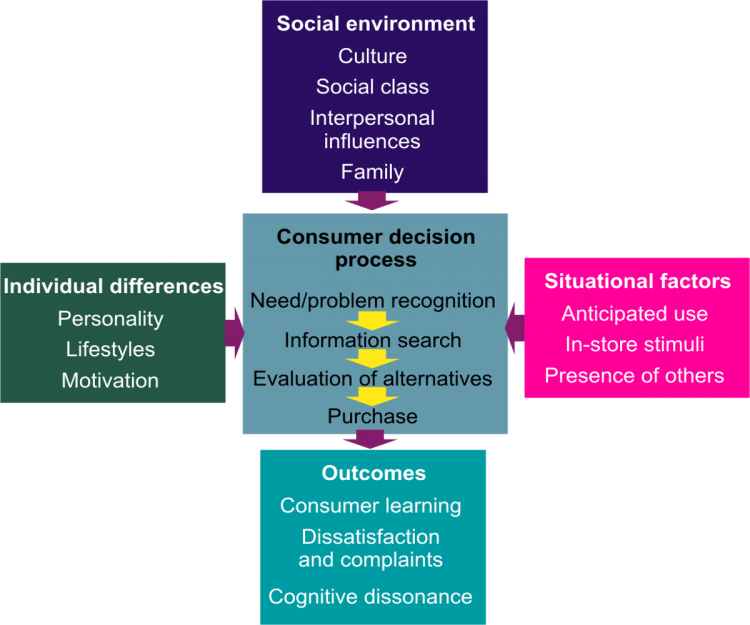 I thought some of you might find the story I use to illustrate the consumer decision process amusing. This is copied directly from my lecture notes.
I thought some of you might find the story I use to illustrate the consumer decision process amusing. This is copied directly from my lecture notes.
It’s a hot summer day, and I’ve been working outside all day, and I didn’t bathe this morning. I recognize that I have a problem – I smell funky, and I need to wash myself. I realize that I don’t have any soap, so I also recognize that I need some soap to wash off the funk.
I do a little search for information. I think about the kinds of soap I’ve used before in my head. That’s an internal search. I flip through a magazine and look for soap ads. That’s an external search.
Using the information I’ve gathered, I evaluate my alternatives, in this case probably while standing in front of the soap display in my local grocer. Then I buy soap. Hopefully, I bathe.
Now what else might influence my decision process? Social factors like culture, social class, what other people think, what my family thinks. Maybe my mom always bought Ivory. Maybe I have an unexplained attraction to Irish Spring because I’m Irish.
Situational factors – maybe I’m not buying the soap to wash with, or not for right now, so I might need soap that stores well. Maybe there’s a sale on soap, or an in-store coupon. If I go with a friend I might buy the new trendy soap rather than the Ivory my mom always bought.
Individual differences – maybe my personality leads me to buy a certain soap, or my lifestyle requires that I buy only bath-sized soap. Maybe I’m motivated more by scent than easy-rinsing or cleanliness.
Outcomes – this soap-buying experience was influenced by prior soap-buying experiences, and will influence future soap-buying behavior. I may learn that a certain type of soap while appearing to clean, just masks my funk. I may be dissatisfied and complain. (Take note – a good marketing plan can turn complaints into opportunity) I may believe that Ivory is the best soap ever made, but the fact is it just doesn’t clean that well, creating an uncomfortable feeling between knowledge and belief.
